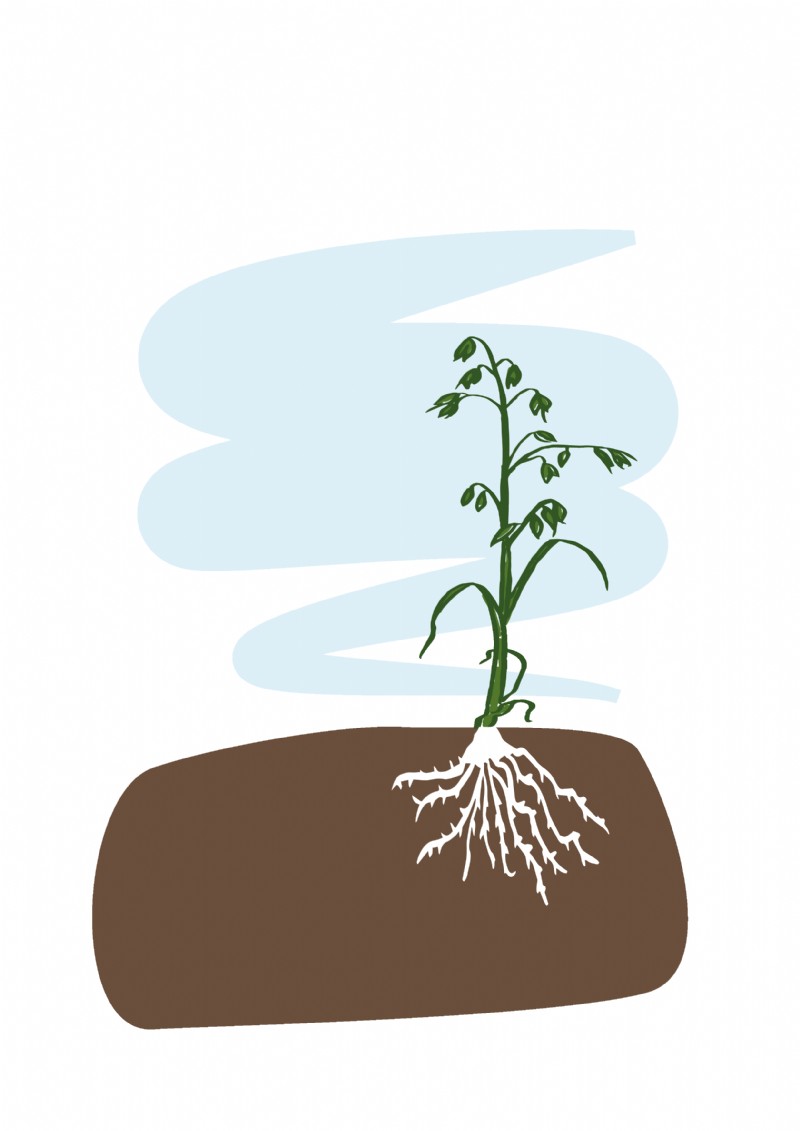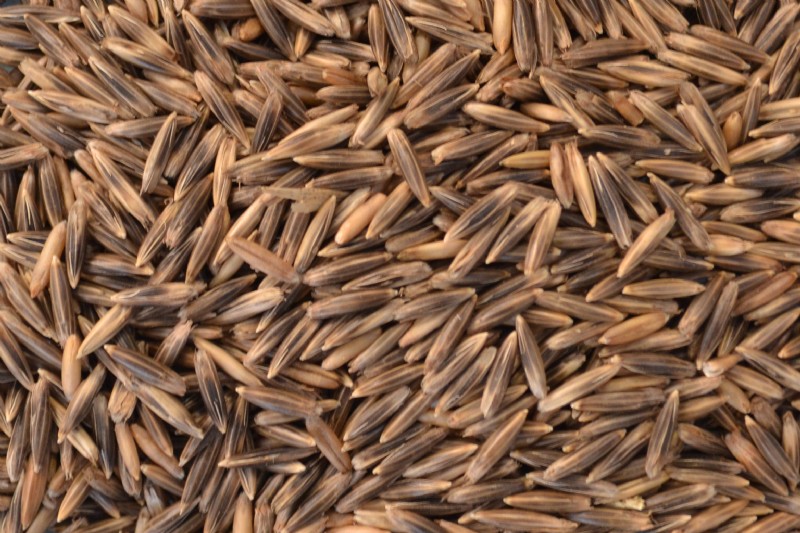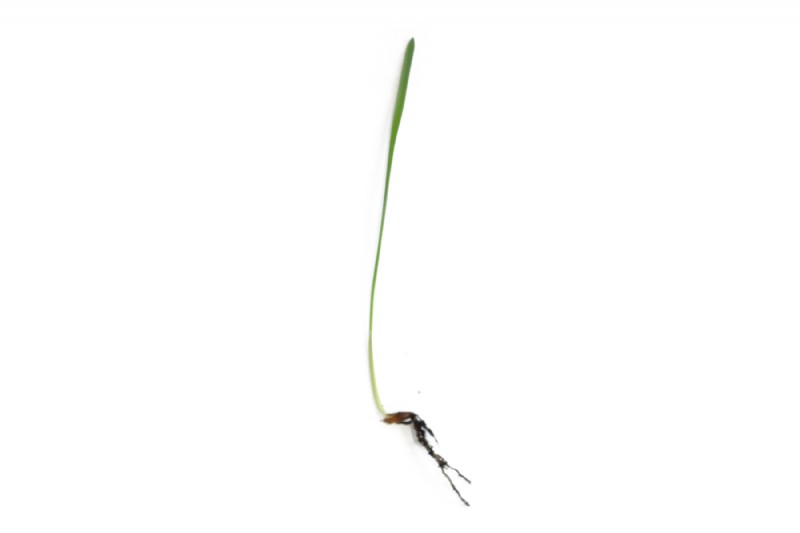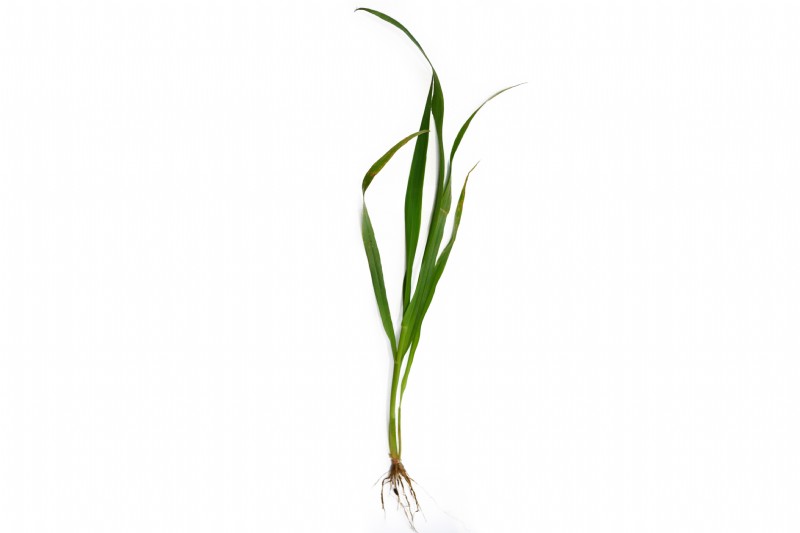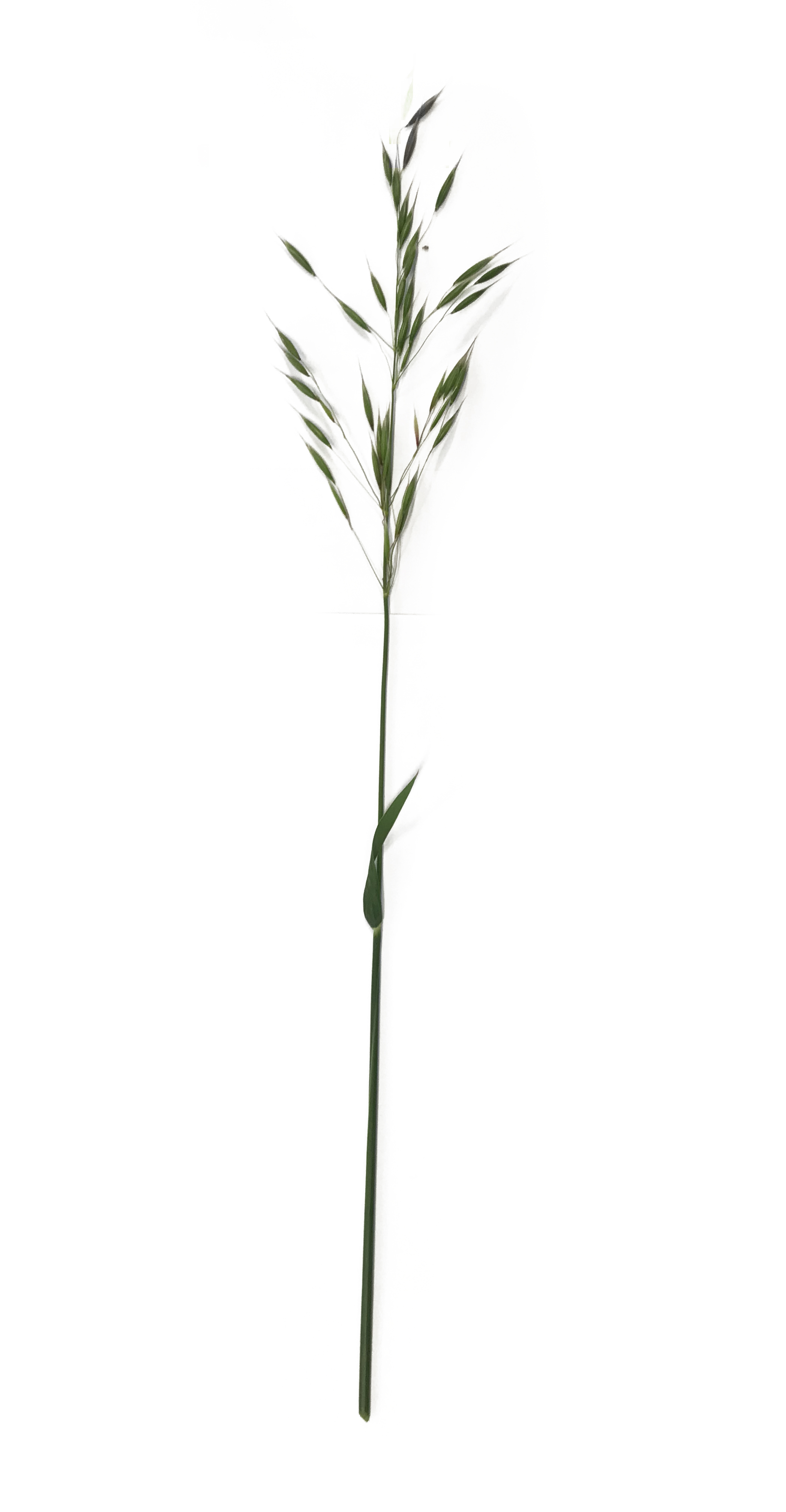Black Oats
Black oats are sometimes known as Japanese or bristle oats. They are similar in terms of their appearance to common oats, but are larger in size and deeper rooting. They are generally used as a soil improving crop or green manure. They may be especially useful if brassicas already form an important part of the rotation and subsequently cannot be used as a green manure.
Uses
Normally used for soil improvement as a pure stand or in mixtures, also used for livestock forage in the united states.
Persistence
An annual species.
Strengths
Quick to establish and competitive against weeds, it is also a grazable species in terms of livestock forage.
Frost Tolerance
Many species are not winter hardy as they are spring varieties in the UK.
Yield
3 - 3.5t DM per ha.
Sowing Rate Advice
20-30kg per acre - 50 - 75kg per ha.
The rates above are for a pure stand. Larger seeds like cereals require a robust sowing rate to give good ground cover.
Mixture Sowing Rate Advice
15 - 25kg per acre / 37.5 - 62.5kg per ha.
Often mixed with vetch as a cover crop.
Ideal Sowing Time
Black oats can be sown in the spring until mid autumn.
Management
The crop can be flailed off or grazed with livestock before incorporating, there are concerns the species may become a weed in cereal rotations if allowed to seed regularly.
Distinguishing characteristics
Seed
The seed has a thin and narrow shape. It is a black and tan colour, with a smooth texture. It is one of the larger cereal seeds, varying from 8 - 10mm in length.
Seedling
The seedling produces a dark green coleoptile and first true leaf. The leaves may have some scattered, wispy hairs and an anti-clockwise turn to the leaf.
Flowering Plant
Dark green and initially prostrate, the plant becomes upright as it matures.
The leaf blades are flat and rough to the touch, with no auricles.
It has an open loose, panicle, the lower branches droop with pendulous spikelets.
It has a good lateral, fibrous root structure.
Additional Info
Average seeds per kg - 45 000.
Works well with
It can be combined with vetch as a soil improving crop.You can find Black Oats in the following mixtures


